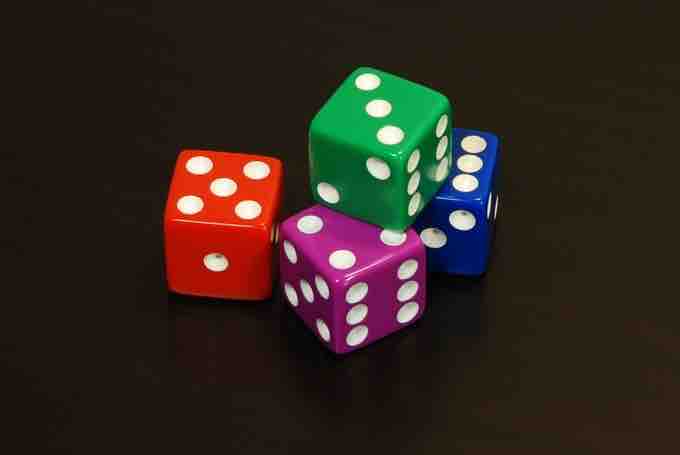Chevalier de Méré
Antoine Gombaud, Chevalier de Méré (1607 – 1684) was a French writer, born in Poitou. Although he was not a nobleman, he adopted the title Chevalier (Knight) for the character in his dialogues who represented his own views (Chevalier de Méré because he was educated at Méré). Later, his friends began calling him by that name.
Méré was an important Salon theorist. Like many 17th century liberal thinkers, he distrusted both hereditary power and democracy. He believed that questions are best resolved in open discussions among witty, fashionable, intelligent people.
He is most well known for his contribution to probability. One of the problems he was interested in was called the problem of points. Suppose two players agree to play a certain number of games -- say, a best-of-seven series -- and are interrupted before they can finish. How should the stake be divided among them if, say, one has won three games and the other has won one?
Another one of his problems has come to be called "De Méré's Paradox," and it is explained below.
De Mere's Paradox
Which of these two is more probable:
- Getting at least one six with four throws of a die or
- Getting at least one double six with 24 throws of a pair of dice?
The self-styled Chevalier de Méré believed the two to be equiprobable, based on the following reasoning:
- Getting a pair of sixes on a single roll of two dice is the same probability of rolling two sixes on two rolls of one die.
- The probability of rolling two sixes on two rolls is
$\frac{1}{6}$ as likely as one six in one roll. - To make up for this, a pair of dice should be rolled six times for every one roll of a single die in order to get the same chance of a pair of sixes.
- Therefore, rolling a pair of dice six times as often as rolling one die should equal the probabilities.
- So, rolling 2 dice 24 times should result in as many double sixes as getting one six with throwing one die four times.
However, when betting on getting two sixes when rolling 24 times, Chevalier de Méré lost consistently. He posed this problem to his friend, mathematician Blaise Pascal, who solved it.
Explanation
Throwing a die is an experiment with a finite number of equiprobable outcomes. There are 6 sides to a die, so there is
Now, when you throw a pair of dice, from the definition of independent events, there is a
This is a veridical paradox. Counter-intuitively, the odds are distributed differently from how they would be expected to be.

de Méré's Paradox
de Méréobserved that getting at least one 6 with 4 throws of a die was more probable than getting double 6's with 24 throws of a pair of dice.